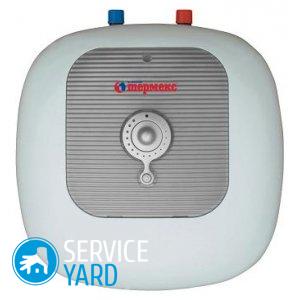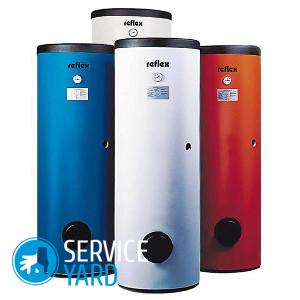Flowed boiler - what to do?
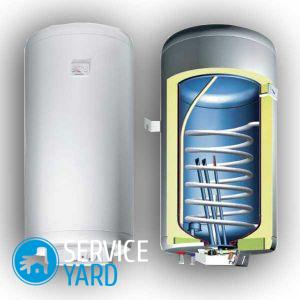
- What is needed for inspection or repair?
- Where is it dripping from?
- When exactly will you have to change the boiler?
- Outer shell deformation
- Can I repair the tank myself?
- If the rod is frayed
- If water flows down the eyeliner
- What can you handle?
- We deal with the valve
- TEN and tightness
- Sealant
- Prevention
- Stock footage
A water heater is a convenient thing and, with proper care, lasts quite a while. But household appliances do not last forever, periodically even the most reliable units fail. The owner begins to frantically think that it is better to immediately call the master or still try to cope with the problem yourself? There is no single recipe for all occasions. Flowed boiler - what to do? Let's discuss the options.
to contents ↑What is needed for inspection or repair?
If you have a drip water heater "Ariston" - what to do? To begin with - to assess the magnitude of the disaster and understand the reasons. That is, in any case, the boiler will need to be inspected, and possibly disassembled. Make sure that at the right time in the right place are the necessary tools and materials:
- adjustable wrench;
- tester;
- tubular keys;
- socket wrenches;
- screwdrivers;
- knife;
- drain rubber hose.
Important! Planning on troubleshooting yourself? We have prepared material for you "How to disassemble the Ariston water heater?"
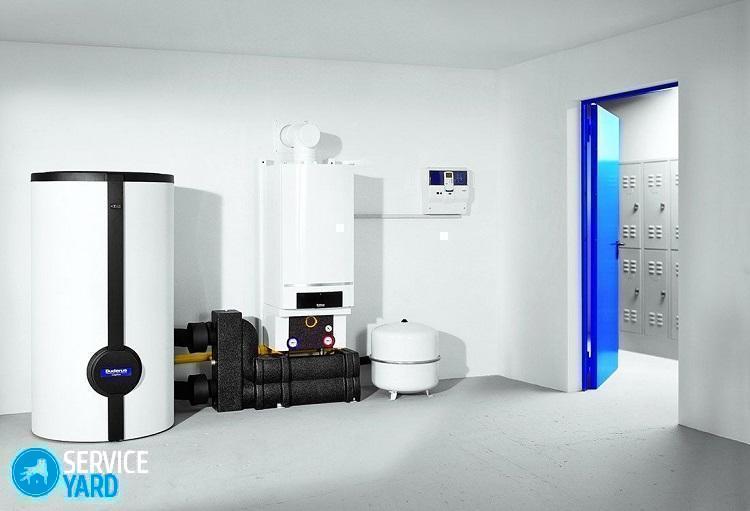
to contents ↑Important! The adjustable wrench should be larger than the largest nut on your boiler. Tubular keys are usually sold in sets - they will be useful in other situations. In general, any tool from the list will not be superfluous in a good household, so it is better to have it at hand.
Where is it dripping from?
The failure of the boiler is not such a rare situation. Failures can be different, and not all home masters, even if they have learned the principle of operation of this device, can easily cope. In many cases, it is better to call the service center right away.
If a Termex or Ariston water heater has flowed, what should I do? Sometimes it’s possible to deal with the leak without a service center, but more often the problem is so serious that the unit has to be changed.
First you need to find out:
- leakage site;
- reason.
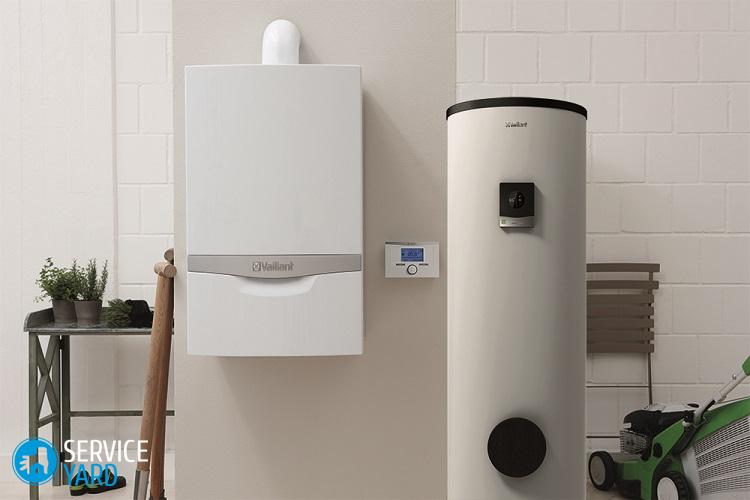
Frequent leaks
In any case, if the “Ariston”, “Termex” or other brand water boiler has flowed - it is not so important, you should first inspect the unit. The leak may be:
- from a visible crack in the upper part;
- from above from under a cover;
- side of a visible crack;
- from under the eyeliner or fasteners.
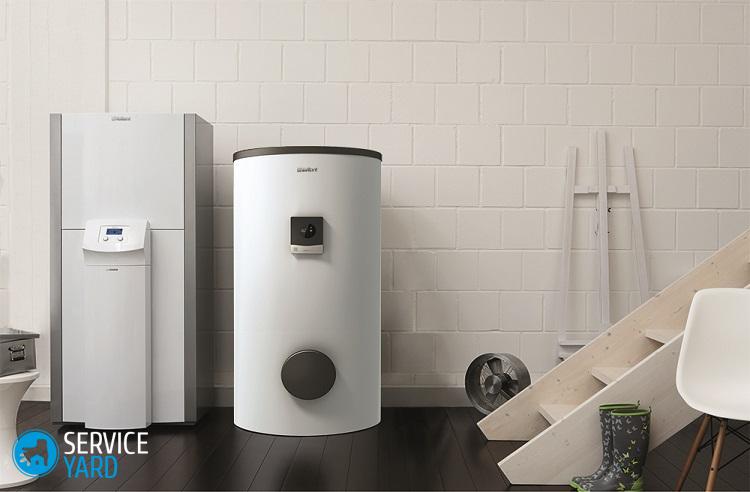
The easiest option when the boiler has flowed from above. There may be only one reason - a hole has appeared in the tank, which must be repaired one way or another. Most often, the problem occurs due to manufacturing defects or lack of prevention:
- there is no magnetic rod in the tank;
- low-quality water;
- no grounding.
In this case, the heater is dismantled, the leak, if at all possible, is repaired in an accessible way (by soldering or welding), and the cause is eliminated, that is, a rod is installed, wiring is made with an earth conductor and the water is softened.

Causes of Leaks
Before eliminating a leak in the boiler, determine the cause of the problem. There are several of them:
- deformation of the outer shell;
- too long magnetic rod life;
- Incorrect installation
- valve failure;
- scale on the heater;
- seal damage.
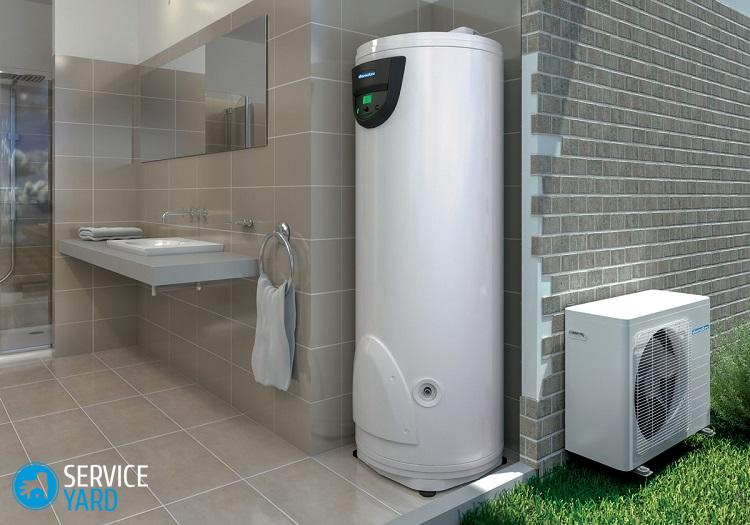
When exactly will you have to change the boiler?
Water can flow abundantly from under the cover or run off through hoses for no apparent reason. This indicates that the tightness is broken in a place that is not so easy to repair. The unit will most likely have to be changed. Our article will help you choose the best option. “How to choose an indirect heating boiler?” To avoid such damage, the tank must be cleaned regularly.
Important! When cleaning the tank, do not forget to clean the heater; prevention can significantly extend its service life.
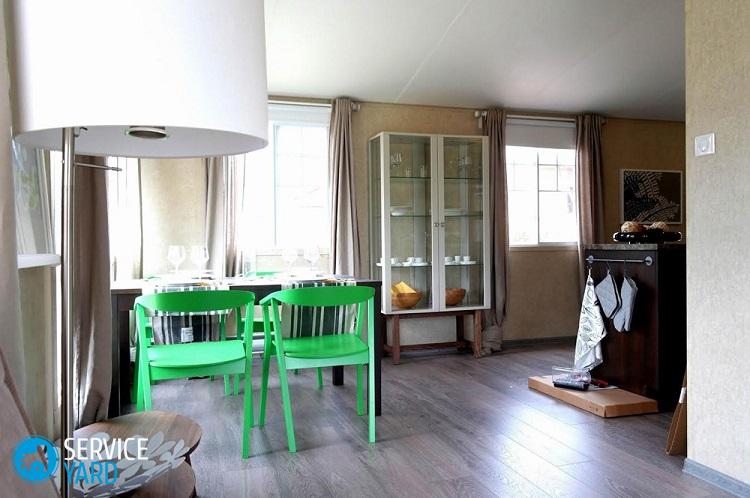
Outer shell deformation
This defect is most often the result of violations of technology in the manufacture or installation. It can occur literally the day after you put the boiler. Most often, a leak occurs due to the absence or malfunction of the safety valve. Further events develop like this:
- Water drains.
- Due to a faulty valve, the shell is deformed.
- You block the water, but it remains in the tank, and hot.
- Water cools and decreases in volume.
- The tank is being compressed.
- You collect water and start to warm up, it expands.
- The pressure on the walls increases.
- The shell bursts.
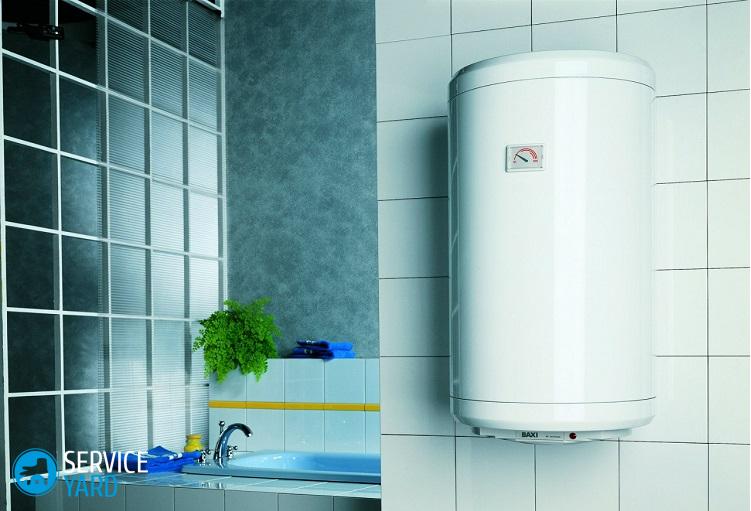
Can I repair the tank myself?
Welding is usually required to eliminate holes on the outside. This procedure often does not harm old boilers, which can not be said about modern models.
Important! Modern water heaters are coated inside with glass enamel, which is destroyed during welding. Therefore, before applying such a radical repair method, do not be lazy and call the wizard from the service center.
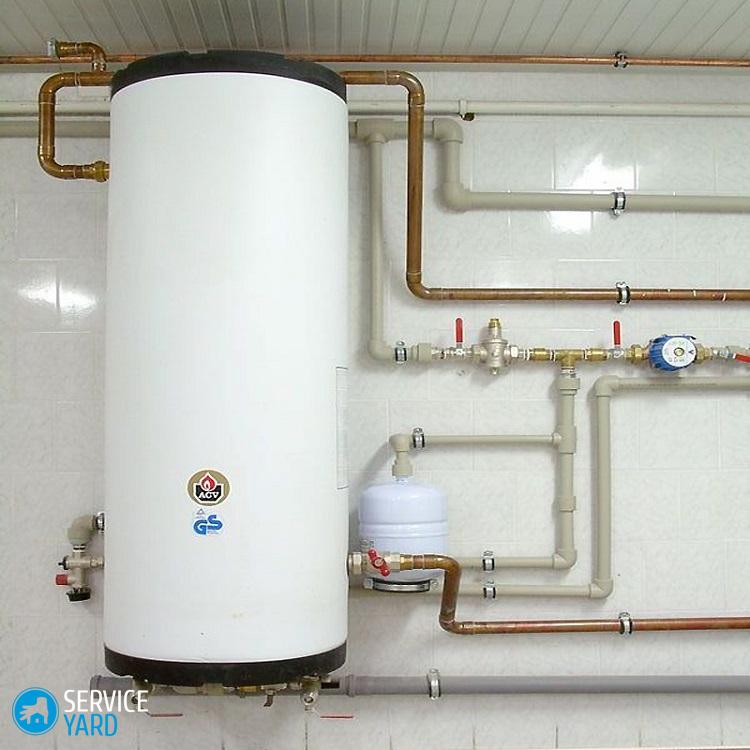
If the rod is frayed
In this case, the boiler flows in the upper part. Noticeable defects may not be. In this case, there are two outputs:
- replace the rod;
- if this does not help, call a specialist from the service center.
Important! In this case, it is also necessary to check the welds - it is quite possible that the cause of the defect is in them.
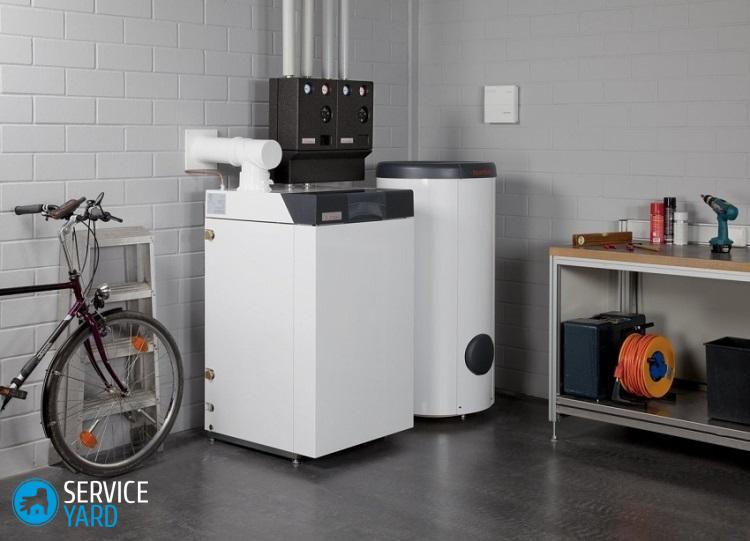
If water flows down the eyeliner
Eyeliner is one of the most important parts of any heating system. Without it, water simply won’t get anywhere. Yes, but is it capable of causing leaks? Of course. When an Ariston or other popular brand has flowed, what should I do if cracks on the outer shell are not visible? Pay attention to whether water flows down the eyeliner. If yes, then this is an installation error. The boiler will have to be reconnected.
There may be several reasons for improper installation. For example, some owners pay more attention to aesthetics than to durability and tightness. Therefore, they use plastic pipes. Is it worth it? There is no particular sense in this. Such pipes quickly fail and do not hold water hammer well, the consequences of which are transmitted to the walls of the tank and destroy them.
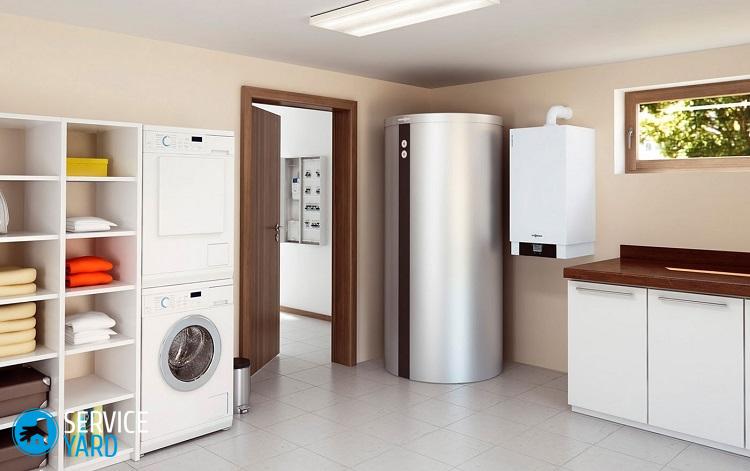
In this case, the procedure for determining the leakage site will be as follows:
- See if the tank is leaking at the attachment point.
- Make sure that the heater is not leaking.
- If there are defects in one of these areas, the boiler will have to be changed.
Important! Sometimes you can deal with leaks in the area of the eyeliner - in any case, it is worth trying to tighten the fasteners, although this must be done very carefully.
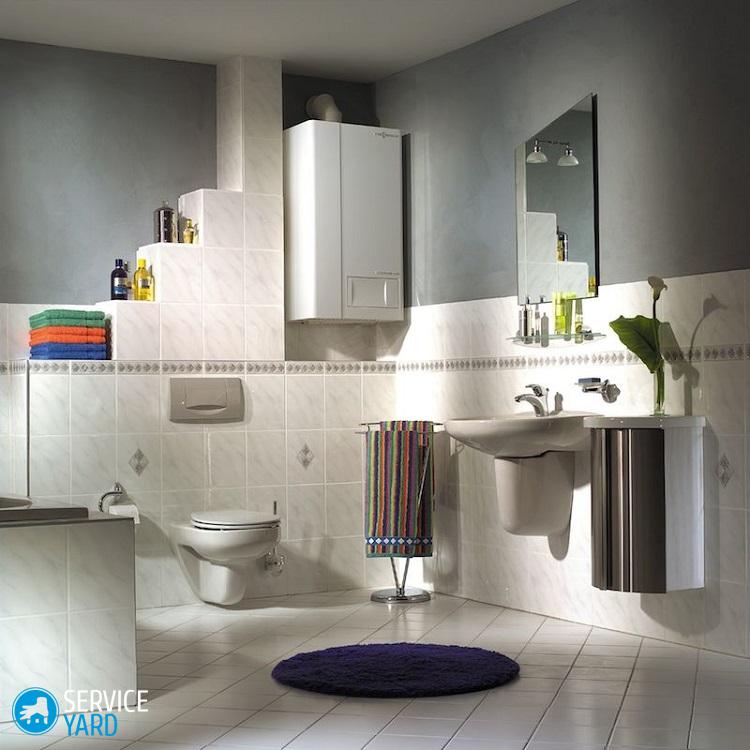
What can you handle?
You can handle some types of leaks yourself. How to repair a boiler if it is leaking and at the same time there are no fatal defects during inspection? These types of work include:
- safety valve replacement;
- seal replacement.
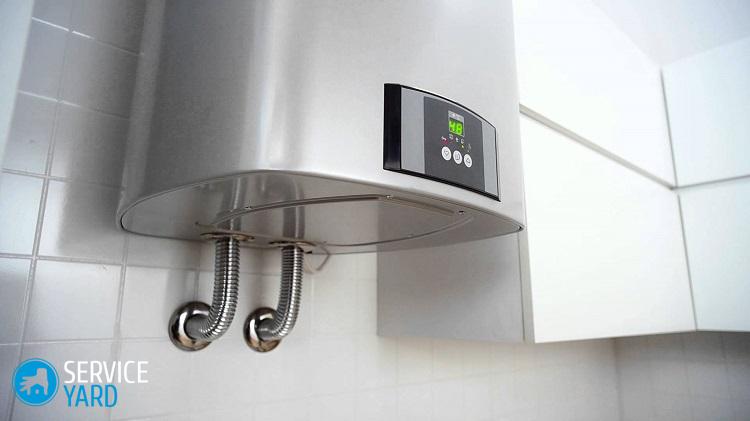
We deal with the valve
The safety valve looks like a small faucet with holes. If water oozes from it, there is nothing to worry about. The boiler certainly does not have to be changed. It is enough to replace the tap itself, which can be bought in the same salon where you bought the heater, or through the online store.An instruction is attached to it, which must be carefully read - it indicates the complete sequence of actions. Schematically, it looks like this:
- Unscrew the valve mounts.
- Mark which fastener element was in which place.
- If a new valve is in the package, remove it.
- Put the part in place and screw it.
- Tighten the screws.
Important! In some cases, the valve can not be changed, but simply adjusted.
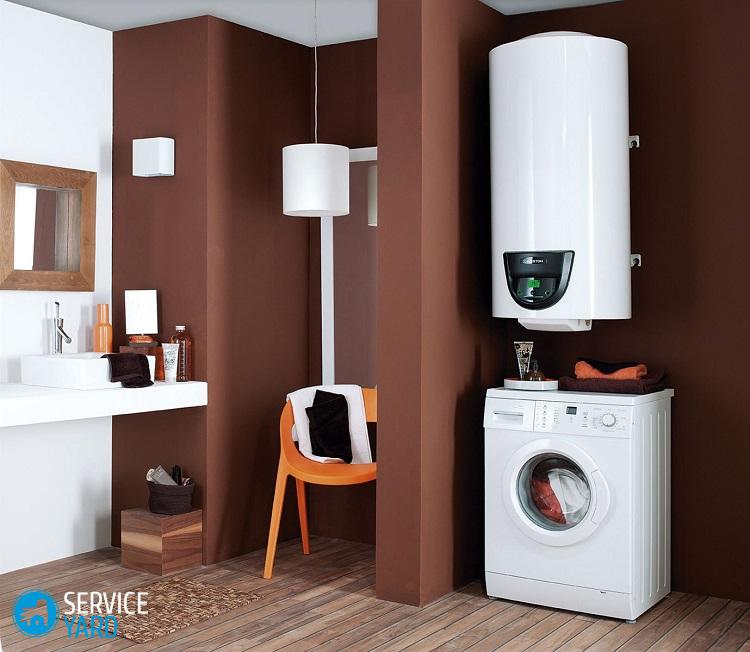
TEN and tightness
TEN - the most important element of any heater. Can it break the tightness of the device? It turns out maybe. In this case, the cover leaks. Scale is quite often formed on the heating element, which prevents the lid from closing. In this case, two options are possible:
- replacement of the heating element;
- descaling.
To buy a new TEN is not a problem. In boilers, it is usually removable, so a replacement is quite affordable for a home master. But you can remove the scale. In general, the boiler must be cleaned at least once a year, and if the water is very hard, then more often.
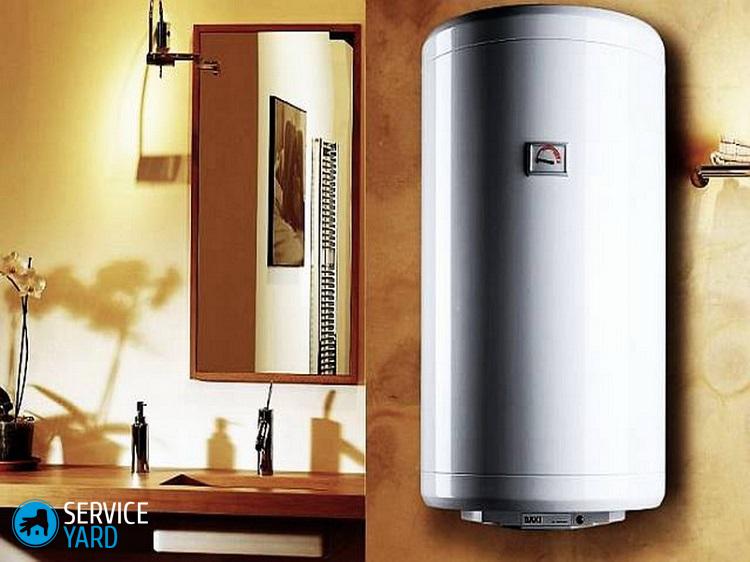
The procedure is simple:
- Disconnect the unit from the power supply.
- Pour water out of the boiler.
- Turn off the tap on the pipe.
- If the heater is removed, remove it.
- Bring a pipe to the drain fitting, direct its second end to the sewer.
- Open the tap and drain the water.
Important! If there are no taps and fittings, drain the water through the valves.
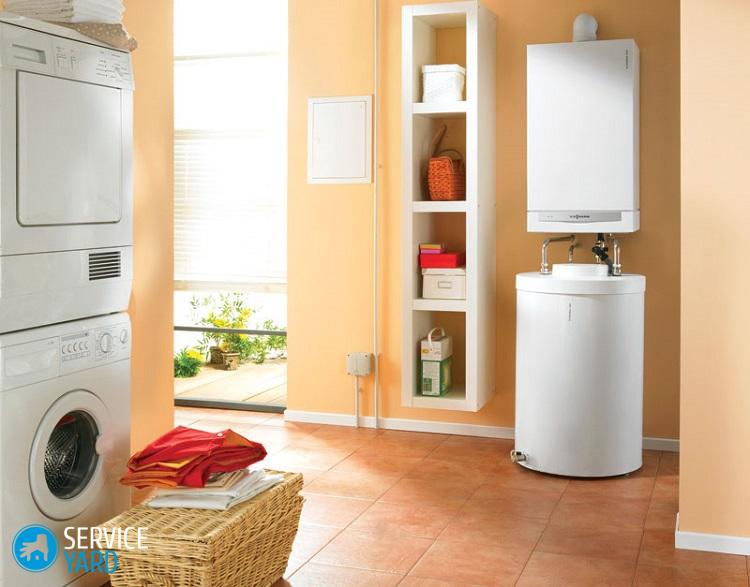
We remove TEN
In many models, the heater is removed quite easily. The main thing is not to show excessive zeal:
- Open the mounting location by removing the decorative plate.
- Take a picture or sketch the layout of the elements.
- Disconnect the pins.
- Get the heater.
- Remove dirt and scale from it.
Important! TEN does not need to be pulled, nor should you scrape it with a knife or other sharp object - the scum is best dissolved.

Sealant
The home master can easily cope with the replacement of the heater seal. For work, you will need a wrench with which to tighten the fastener nuts. This will be enough.
Important! But if the water appeared under the bolts of the heater itself, nothing will be done with home remedies. You risk damaging the outer shell of the tank, it is usually quite thin. If the bolt is torn off with an awkward hand, the tank will inevitably become deformed.
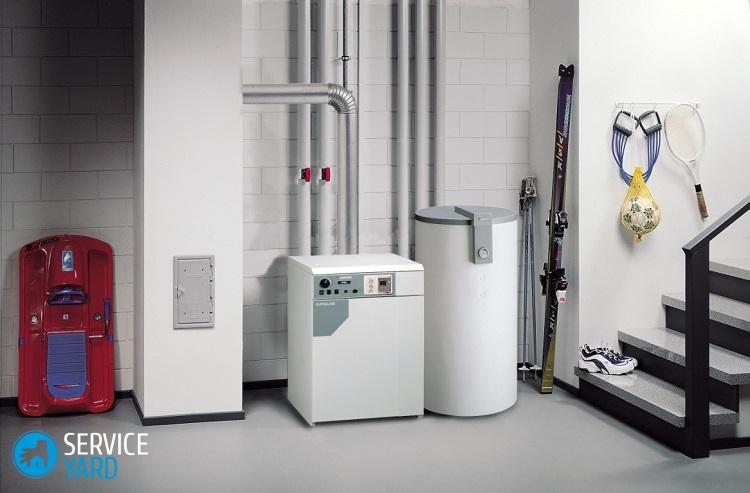
Checking the seal
To do this, the unit must be disconnected from the power supply. Then remove the bottom cover. See if the flange is loose. There are only two reasons for depressurization in this case:
- incorrect alignment during manufacture;
- the rubber gasket on the flange is worn.
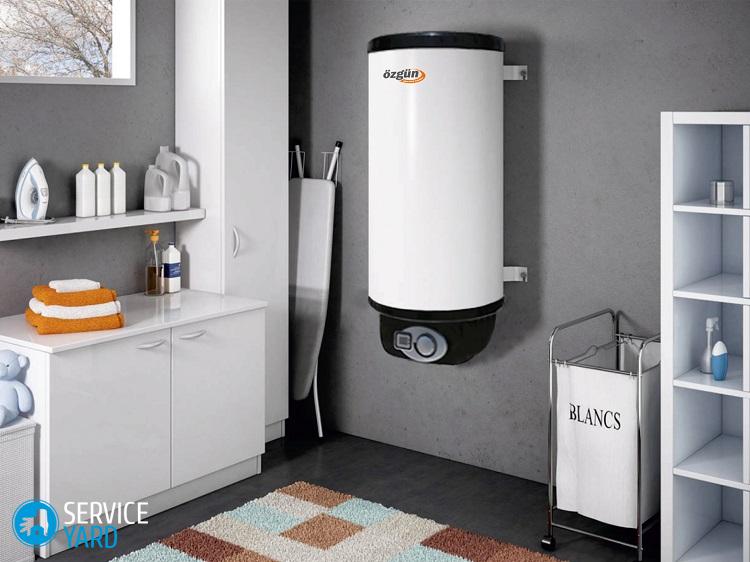
In the first case, you will have to change the entire part, that is, it is better to entrust the repair to the master. You can handle the second situation yourself:
- Drain the water.
- Remove the gasket.
- Inspect her carefully.
- Go to the plumbing store and buy exactly the same.
- Replace gasket.
- Replace the cover.
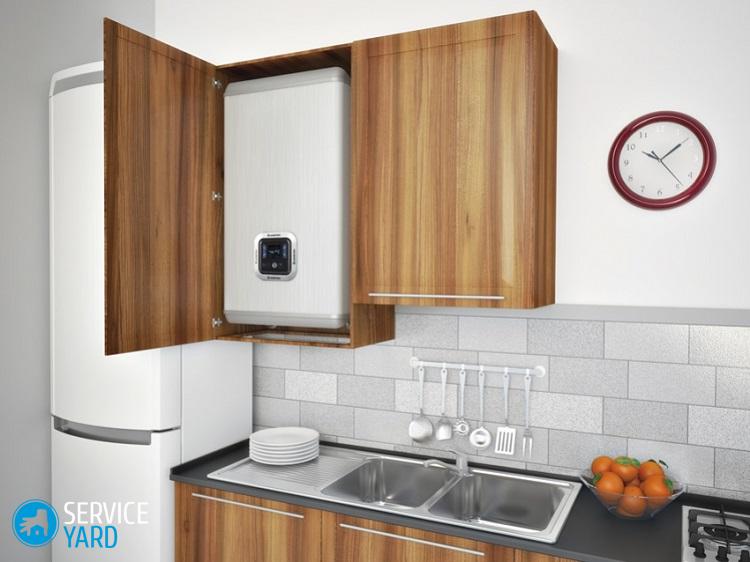
Prevention
Repairing a boiler is a rather troublesome and not always possible business. Therefore, it is very useful to periodically carry out preventive measures that can extend the life of your unit:
- Watch the water pressure in the system - it should not be more than 3 atmospheres.
- If pressure is greater, install an optional pressure reducer.
- Clean the unit periodically.
- Check the condition of the magnetic rod.
- Change the shaft in a timely manner.
- It is very useful to install a magnetic filter - it is placed in front of the boiler.
- Try not to overheat the water too much.
Stock footage
Like any device, the boiler needs care and attention. Carefully caring for such a useful unit, you will avoid many troubles. The most important thing is to change damaged elements in time, then it will be possible to use the heater for many years.




